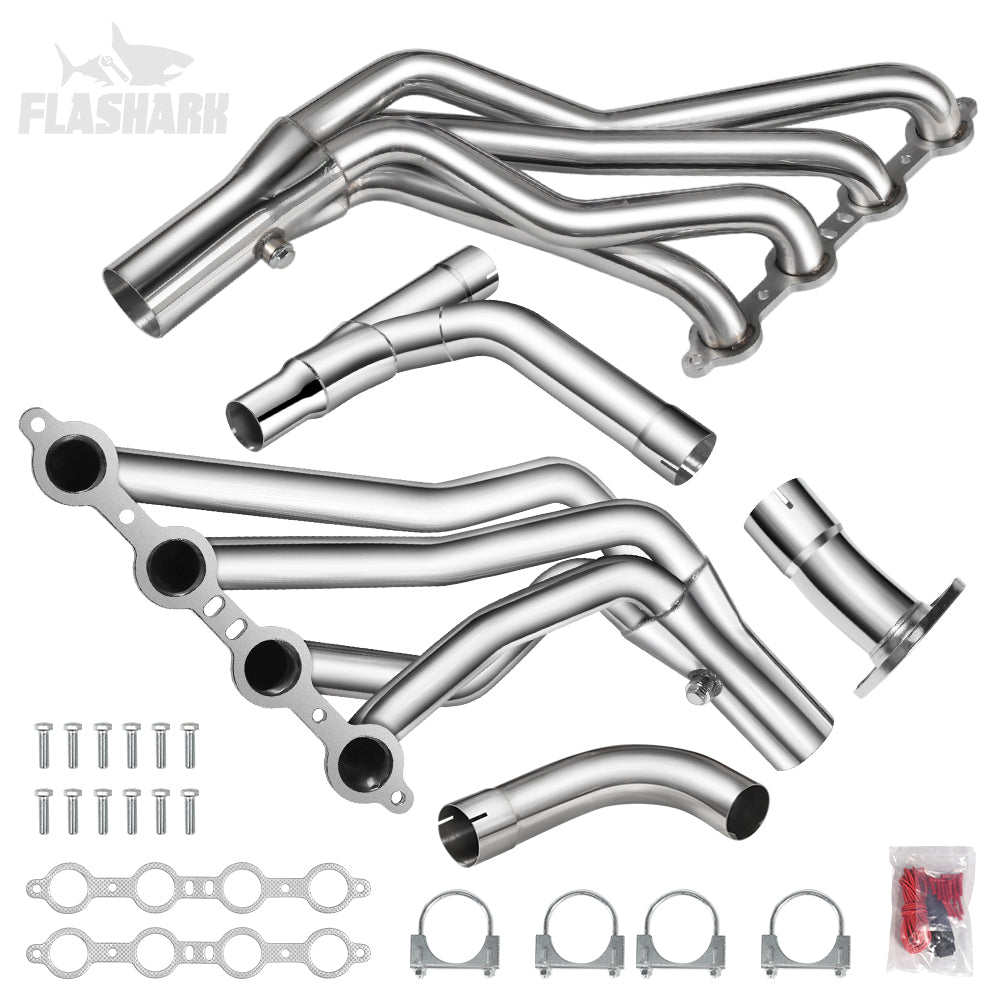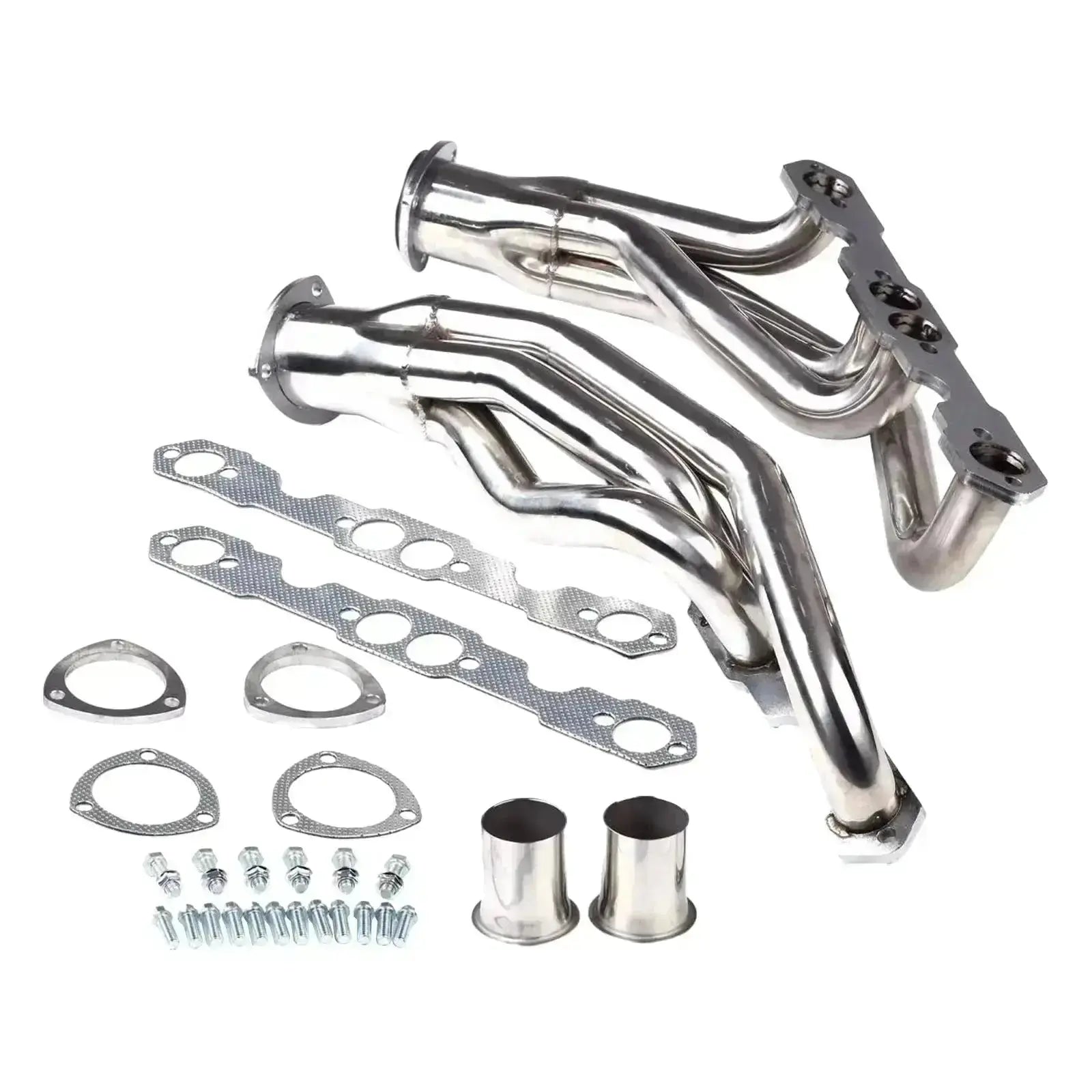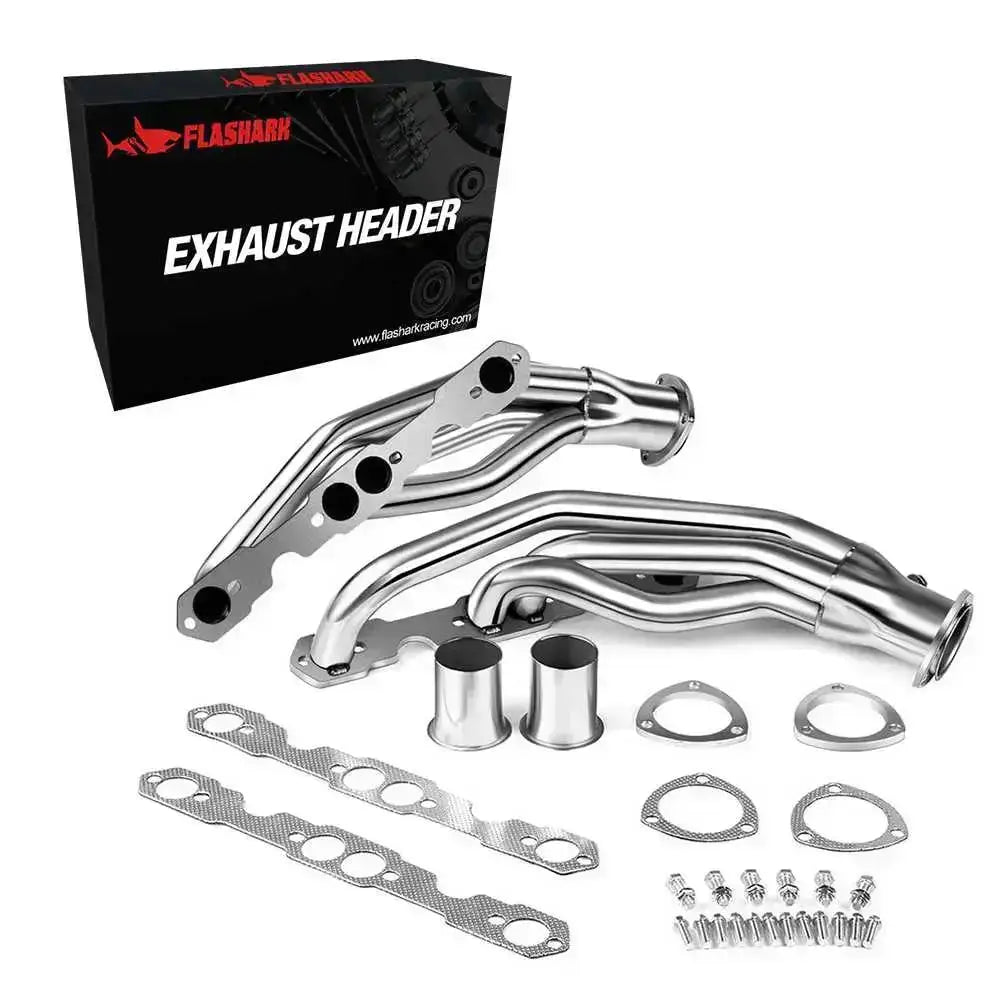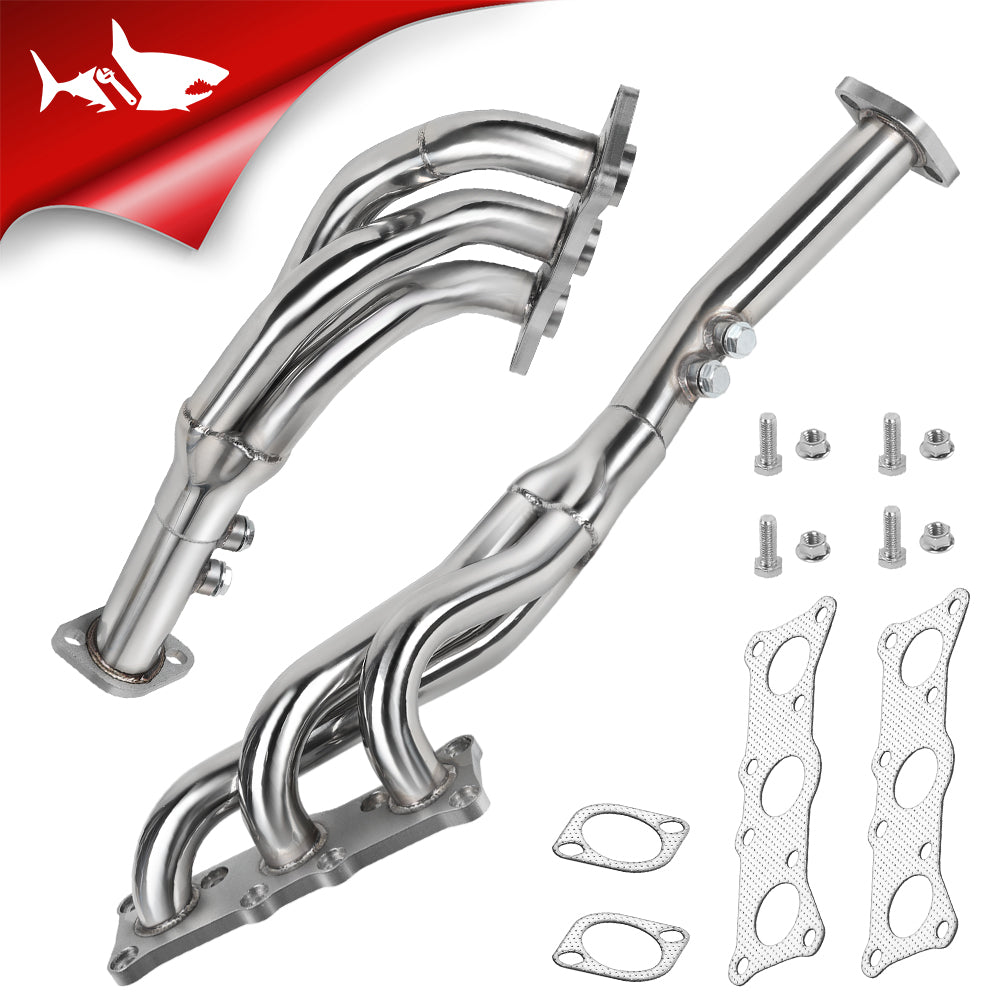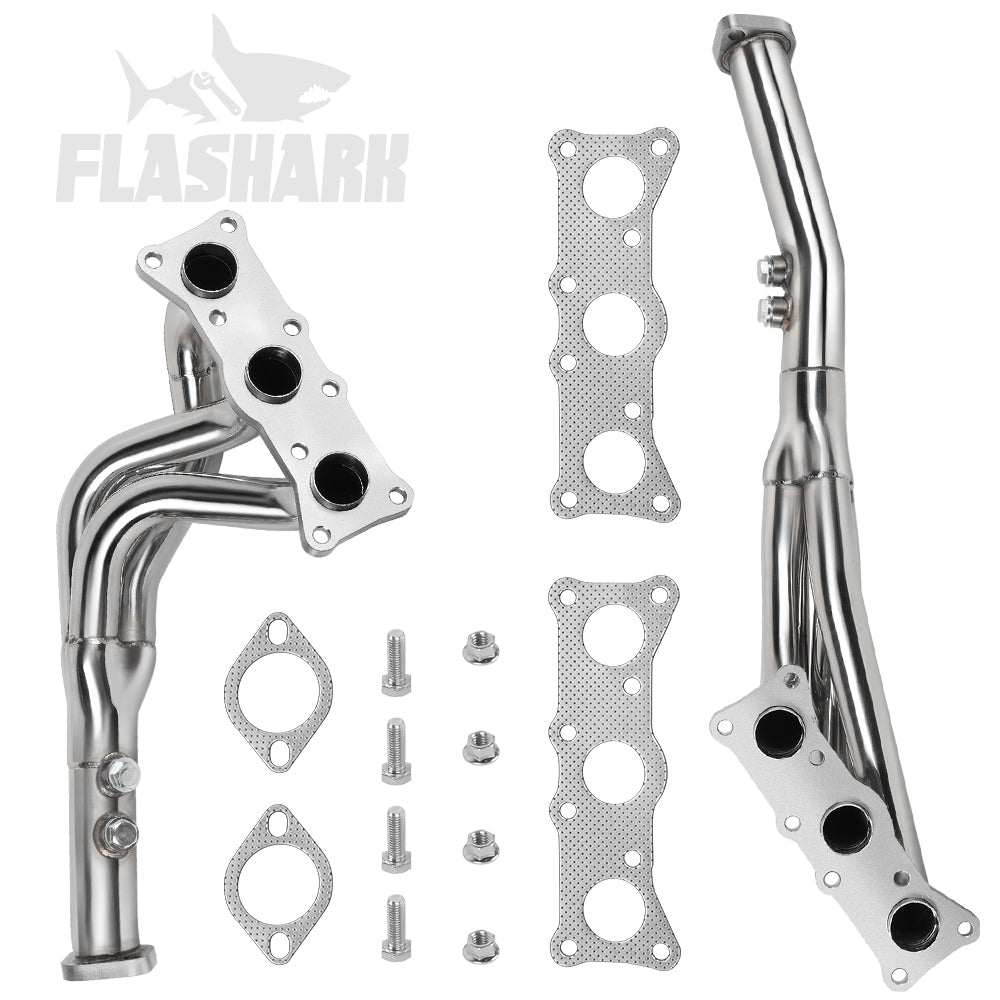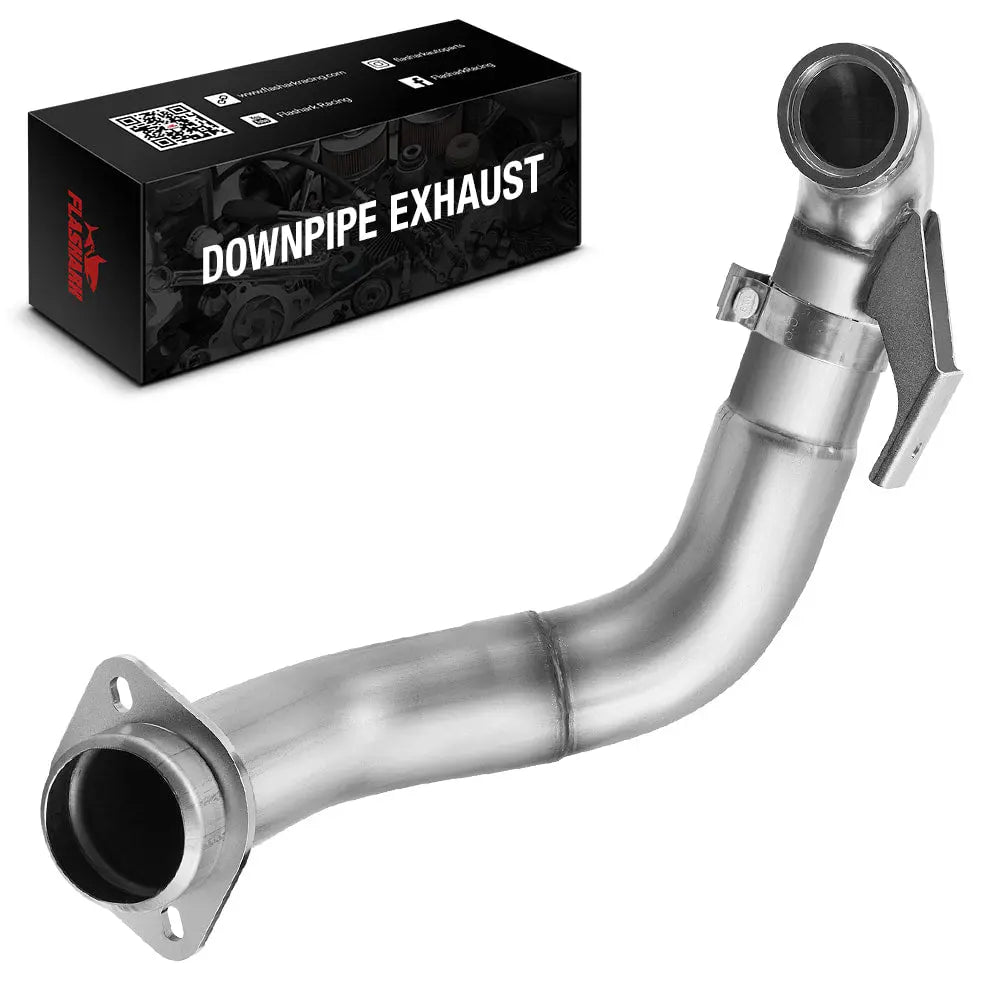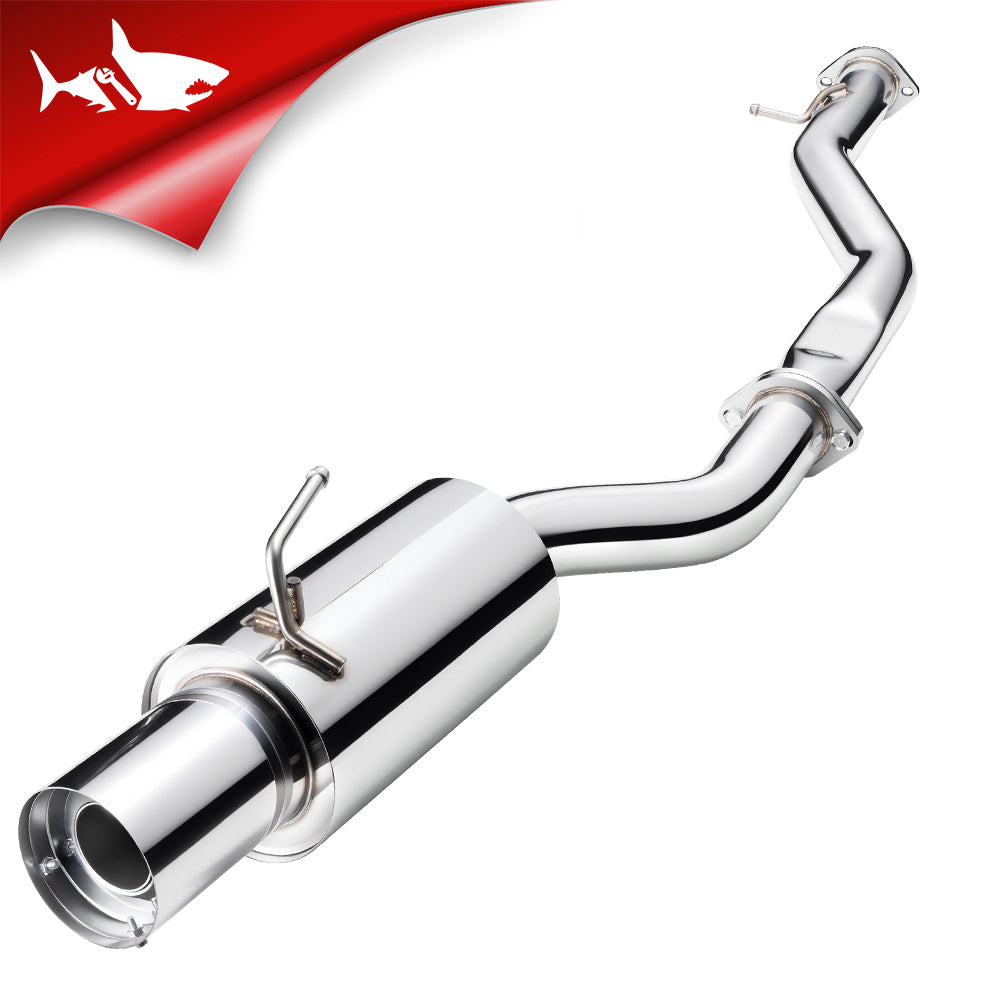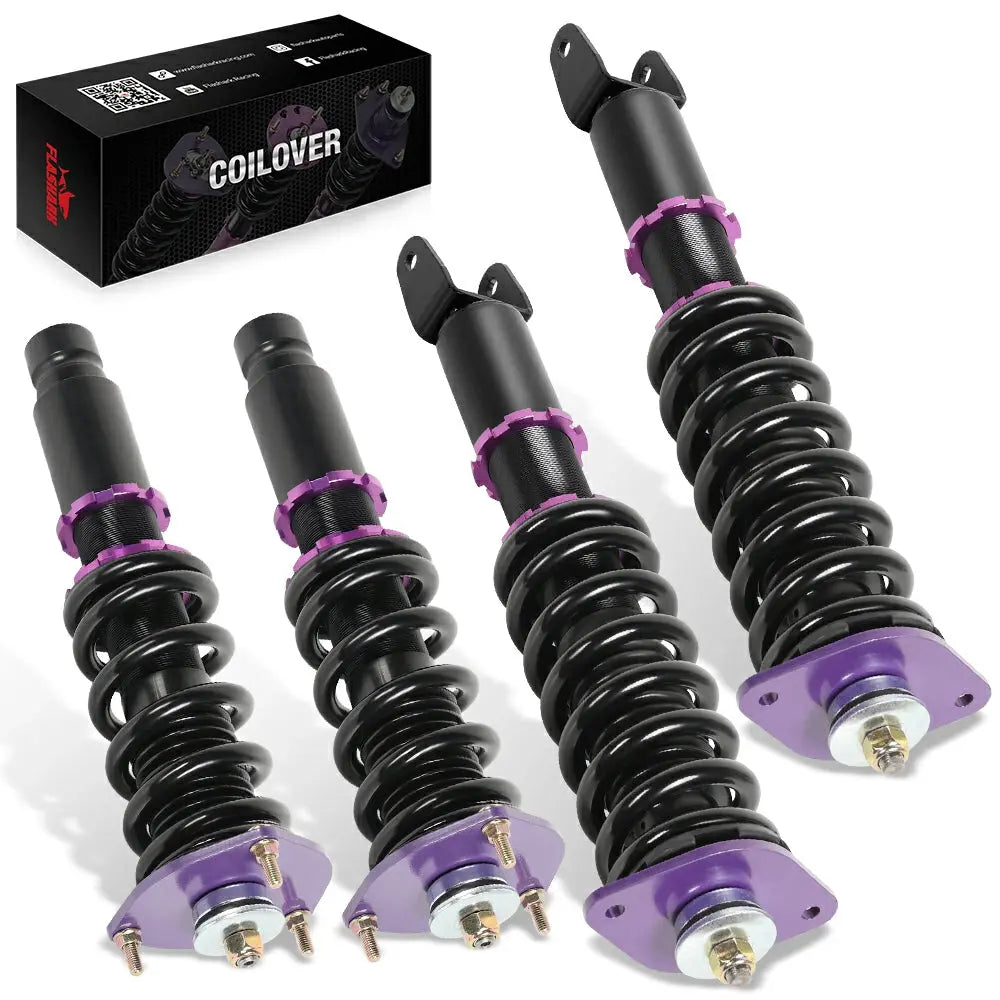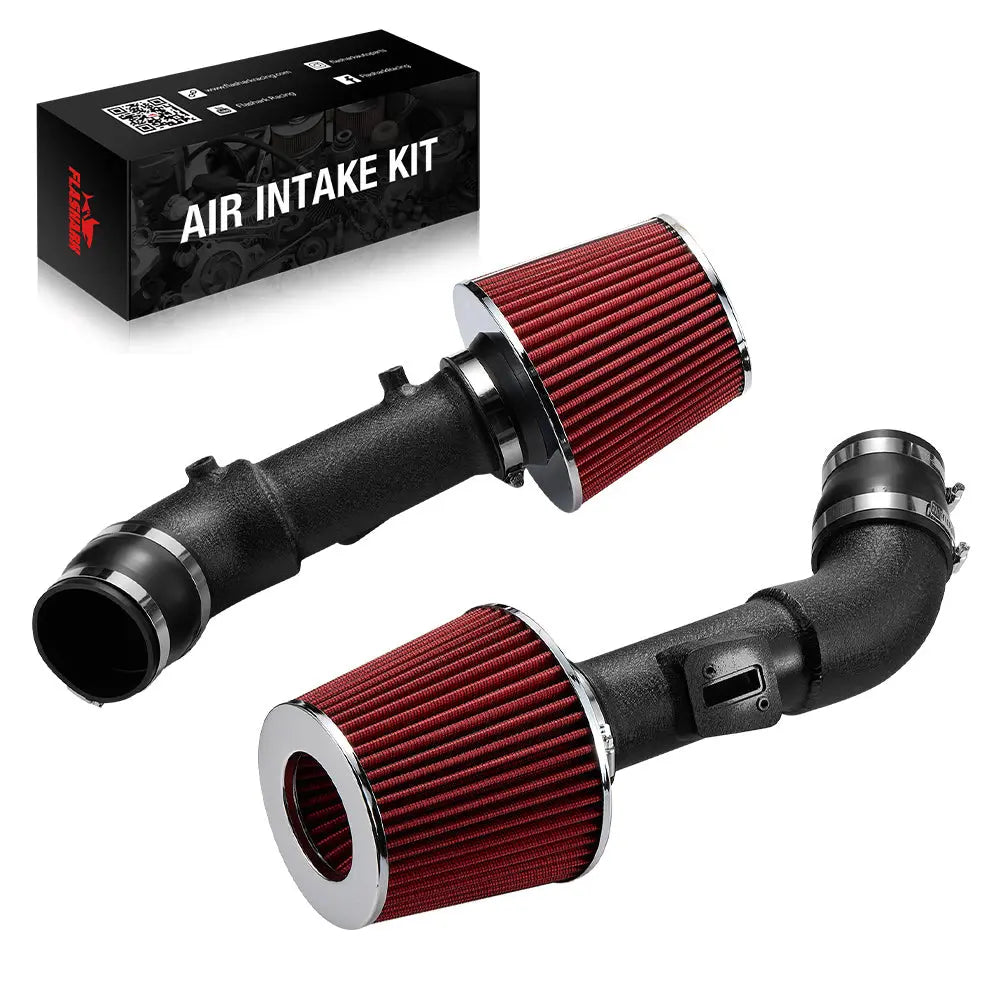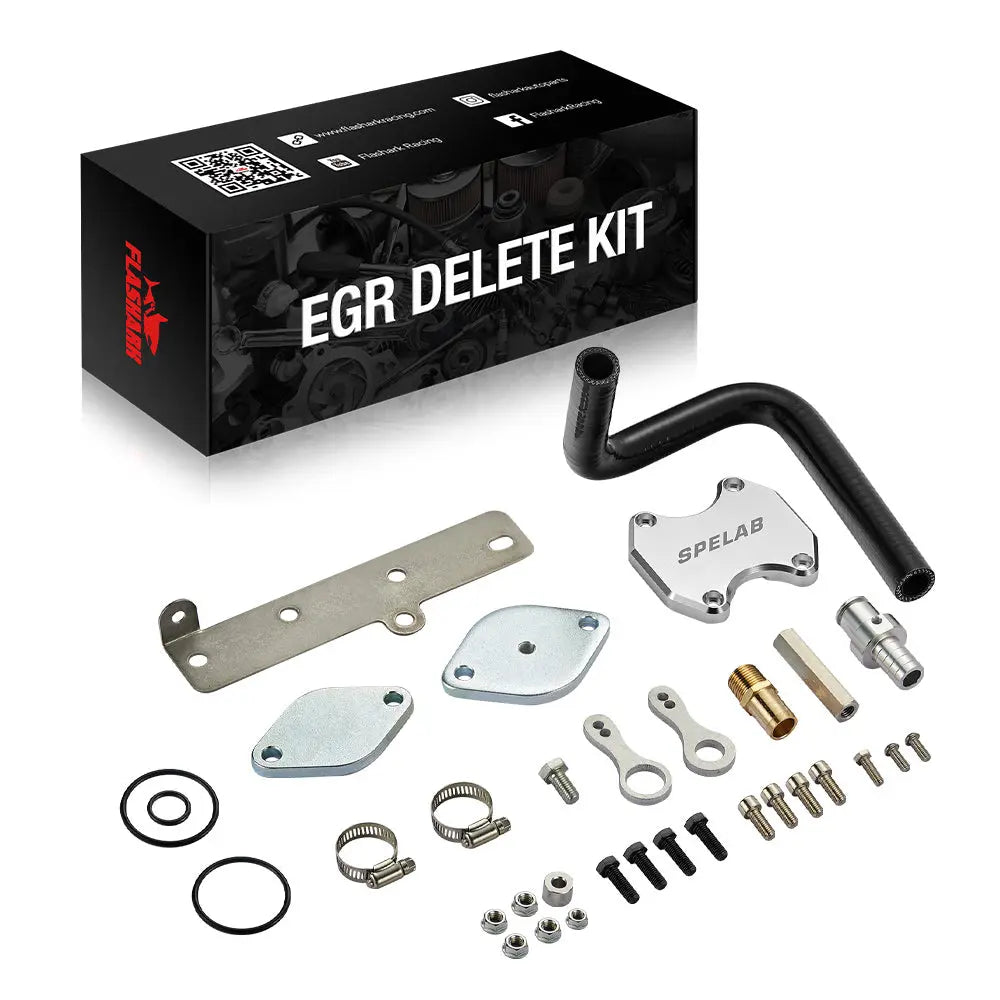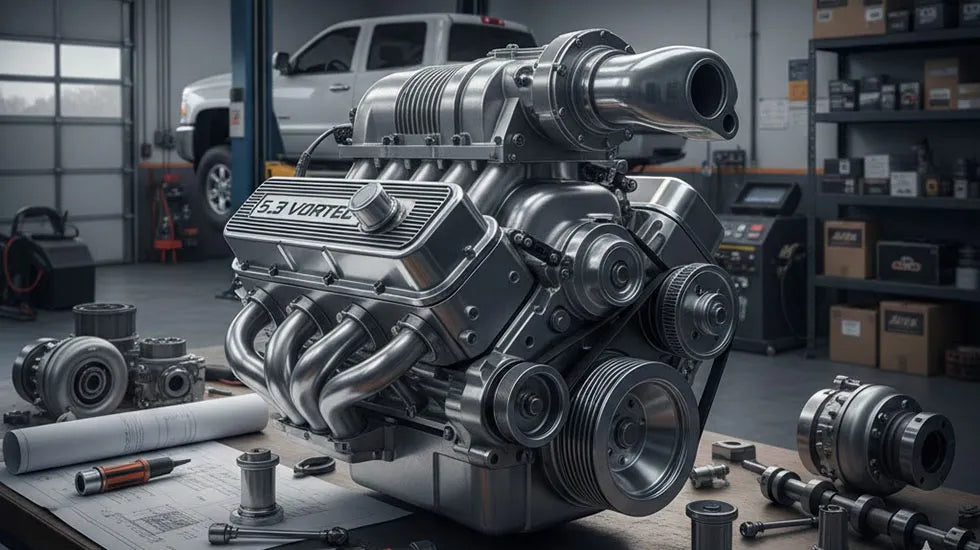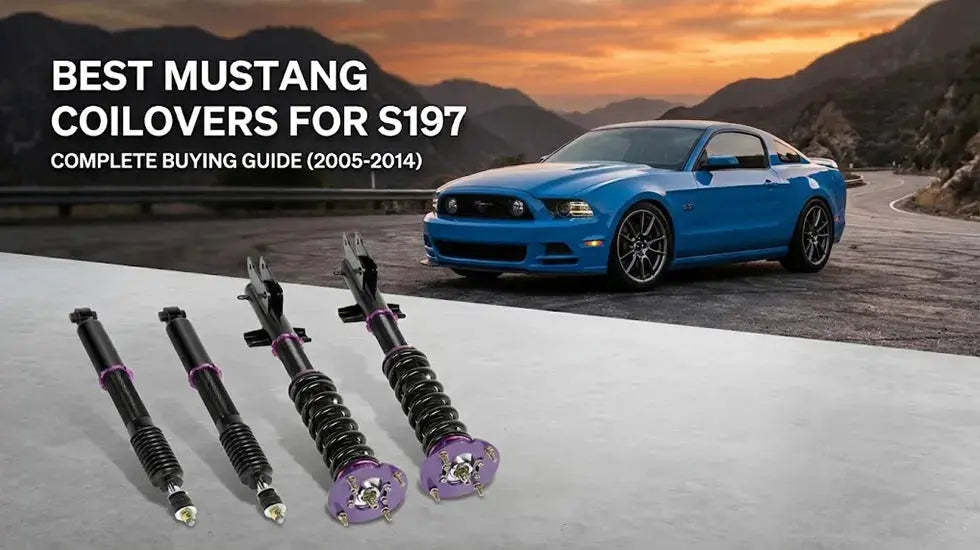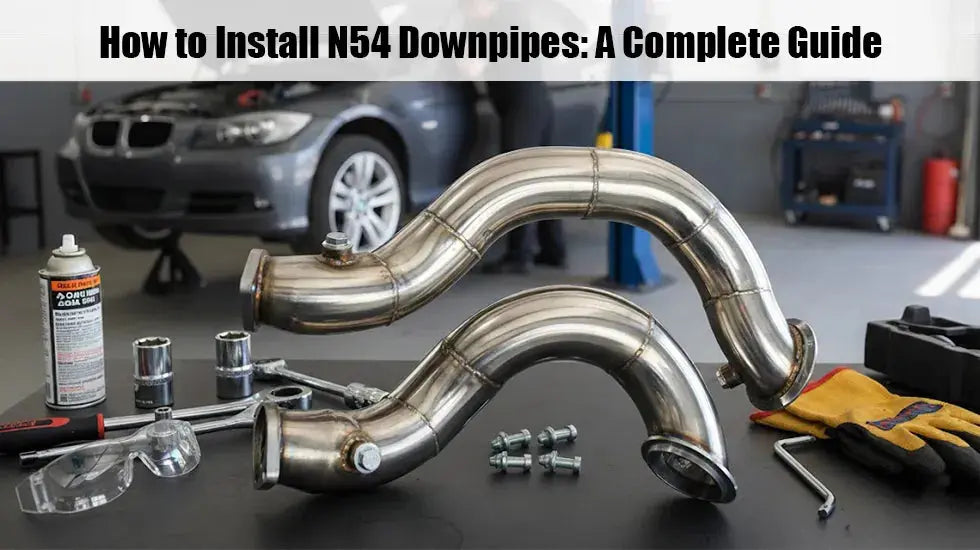El Ford 351 Modified, a menudo conocido como 351M, es un motor V8 que despierta curiosidad y debate entre los entusiastas del rendimiento. Si bien no es tan venerado como sus hermanos Cleveland o Windsor, el 351M tiene su lugar en el mundo de las camionetas clásicas y los supervivientes de la era de los muscle cars. Pero ¿cuántos caballos de fuerza tiene realmente un 351 Modified?
Descripción general del motor modificado Ford 351
El 351 Modificado fue presentado por Ford en 1975 como parte de la familia de motores 335. Diseñado principalmente para camionetas de tamaño completo y sedanes grandes, se produjo hasta principios de la década de 1980.

A diferencia del 351 Windsor, el 351M comparte arquitectura con el motor 400, utilizando un bloque de plataforma alta. Incorporaba pistones de fundición de baja compresión y culatas de cámara de combustión de gran tamaño. La configuración de fábrica priorizaba la durabilidad y el par motor sobre la potencia.
Potencia nominal de fábrica del 351M
El 351M se desarrolló en una época en la que los fabricantes de automóviles estaban en transición de potencia bruta a potencia neta. Según las especificaciones de fábrica, la mayoría de los motores 351M generaban entre 137 y 150 caballos de fuerza, con un par motor de entre 260 y 280 lb-pie.
Estas clasificaciones reflejaban el propósito del motor: proporcionar un par motor constante a bajas revoluciones para camiones, en lugar de potencia de altas revoluciones para autos de alto rendimiento. Las restricciones de emisiones limitaron aún más la potencia de salida durante esta época.
Factores que limitan el rendimiento de las acciones del 351M
Las mayores limitaciones del 351M se deben a su diseño de emisiones. El motor utiliza una baja relación de compresión de 8.0:1 y un carburador de dos cuerpos, factores que reducen la potencia.
Sus culatas de fábrica tienen puertos y válvulas restrictivos, mientras que los perfiles del árbol de levas son conservadores. En combinación con componentes de fundición pesados y colectores de escape ineficientes, el 351M tiene dificultades para respirar libremente en su estado original.
¿Puede el 351M generar más caballos de fuerza? Sí, aquí te explicamos cómo.
Si buscas aumentar la potencia de tu 351M, varias modificaciones clave pueden aumentar significativamente su potencia. Al mejorar componentes específicos, puedes liberar todo su potencial de rendimiento y transformarlo de un motor de serie a uno más robusto. Estas son las principales modificaciones a considerar:
Instalación de cabezales y escape de alto flujo
Al reemplazar los colectores de escape originales por colectores 351M y un sistema de escape de alto flujo se reduce la contrapresión y permite que los gases de escape salgan más libremente.

-
Beneficio : Un mejor flujo de escape mejora la eficiencia general del motor y aumenta la potencia.
-
Ganancias esperadas : Se espera un aumento de 15 a 30 caballos de fuerza.
Actualizar las culatas de cilindros
Las culatas de serie del 351M son bastante restrictivas. Sustituirlas por culatas de repuesto de alto rendimiento puede mejorar drásticamente el flujo de aire y aumentar la potencia.
-
Beneficio : Un flujo de aire mejorado conduce a una mejor combustión y más potencia.
-
Ganancias esperadas : La actualización de las cabezas puede agregar entre 30 y 50 caballos de fuerza.
Instalar un árbol de levas de alto rendimiento
El árbol de levas de fábrica está diseñado para la eficiencia, no para el rendimiento. Un árbol de levas de alto rendimiento puede mejorar el flujo de aire al aumentar la alzada y la duración de la válvula.
-
Beneficio : Una mejor sincronización de válvulas permite que el motor respire de manera más eficiente, aumentando la potencia.
-
Ganancias esperadas : Esto puede agregar entre 40 y 60 caballos de fuerza.
Actualice el colector de admisión y el carburador
La instalación de un colector de admisión de alto flujo y un carburador de 4 cuerpos más grande permite un mejor suministro de combustible y aire al motor.
-
Beneficio : Una mezcla de combustible y aire más eficiente produce una mayor potencia a mayores RPM.
-
Ganancias esperadas : esta actualización puede agregar entre 30 y 50 caballos de fuerza.
Construcción de un 351M de alto rendimiento: ¿Qué es posible?
Si aspira a más, una reconstrucción completa puede liberar un gran potencial. Pistones forjados, culatas con puertos, un kit de carrera y un árbol de levas rectificado a medida pueden transformar el motor.
Los talleres y constructores de alto rendimiento informan que las unidades alcanzan entre 350 y 400 caballos de fuerza, aunque esto tiene un costo. Aumentar la compresión, mejorar el flujo de aire y ajustar el sistema de encendido son pasos cruciales para lograr este nivel de potencia.
¿Vale la pena modificar el 351M?
Si vale la pena modificar el 351M depende de tus objetivos. Si tienes un F-Series clásico o un Ranchero y quieres conservar el bloque original, tiene sentido. El 351M ofrece un par sólido a bajas revoluciones y un motor con un carácter único.
Sin embargo, si su objetivo es obtener la máxima potencia por dólar, alternativas como el 351 Windsor o el 460 de bloque grande pueden ofrecer una mejor relación calidad-precio. El soporte posventa y la facilidad de generación de potencia los convierten en candidatos populares para intercambios.
Aun así, para los entusiastas que buscan un desafío o quieren preservar su herencia Ford, un 351 Modified bien construido puede ser un motor de proyecto satisfactorio.



